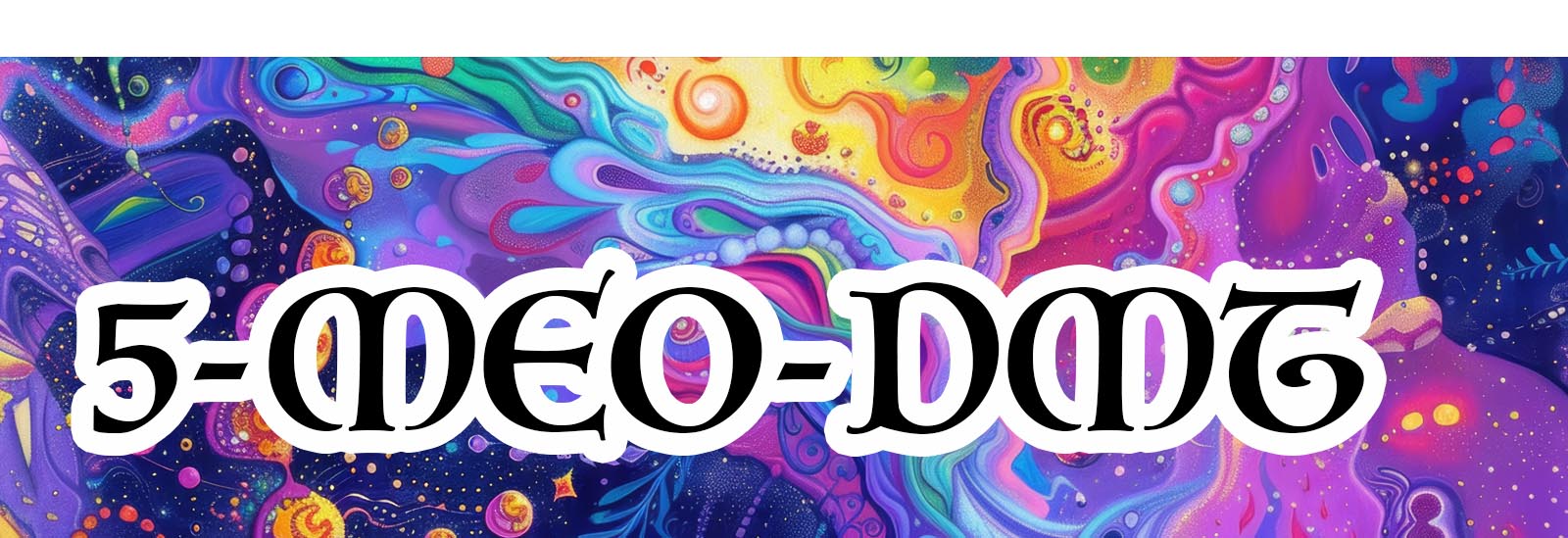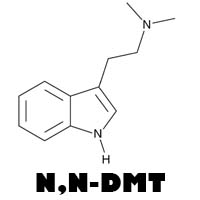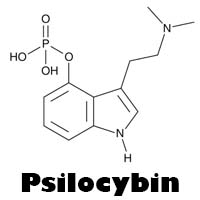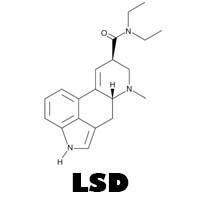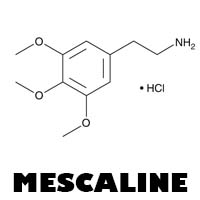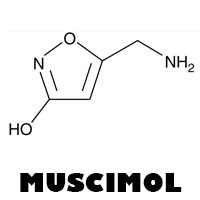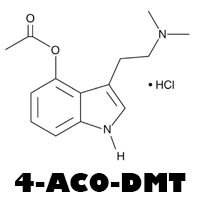History of 5-MeO-DMT
5-MeO-Dimethyltryptamine (5-MeO-DMT) is a powerful psychedelic compound found naturally in various plants and animals, including the Colorado River toad (Bufo alvarius). Indigenous peoples in South America have used plants containing 5-MeO-DMT in traditional rituals for centuries.
5-MeO-DMT was first synthesized in 1936 by Japanese chemists Toshio Hoshino and Kenjiro Shimodaira. However, its psychoactive properties were not well-documented until the 1950s and 1960s when researchers began studying its effects. The compound gained more attention in the 1980s and 1990s, particularly due to its presence in the secretion of the Bufo alvarius toad, which became popular in psychedelic circles.
In recent years, 5-MeO-DMT has been the subject of renewed interest due to its profound and often spiritual effects. Despite its powerful impact, 5-MeO-DMT remains a controlled substance in many countries, though research into its potential therapeutic applications continues.
Molecular Makeup of 5-MeO-DMT
5-MeO-DMT, or 5-Methoxy-N,N-Dimethyltryptamine, is a naturally occurring tryptamine with the chemical formula C13H18N2O. Its molecular structure can be described as follows:
- Chemical Name: 5-Methoxy-N,N-Dimethyltryptamine
- Molecular Weight: 218.30 g/mol
- Structure:
- 5-MeO-DMT has an indole ring structure, similar to other tryptamines like DMT and serotonin.
- The molecule includes a methoxy group (-OCH3) attached to the 5-position of the indole ring.
Effects of 5-MeO-DMT
5-MeO-DMT is known for its extremely potent and short-acting psychedelic effects. Common effects include:
- Visual and Auditory Hallucinations: Intense visual and auditory experiences, often described as merging with a white light or a sense of void.
- Altered Perception of Time and Space: Time may seem to lose its meaning, and spatial awareness can become profoundly altered.
- Enhanced Sensory Perception: Increased sensitivity to sensory stimuli, with vivid and often surreal changes in perception.
- Emotional Intensity: Heightened emotions that can range from euphoria to fear.
- Spiritual Experiences: Deeply spiritual or mystical experiences, often involving a sense of unity with the universe or dissolution of the ego.
- Cognitive Effects: Changes in thought patterns, including profound insights and altered sense of self.
Typical Dosage
5-MeO-DMT is typically consumed by smoking or vaporizing. Dosages are measured in milligrams (mg):
- Threshold Dose: 1-3 mg (light effects, subtle changes in perception)
- Low Dose: 3-5 mg (mild to moderate psychedelic effects)
- Common Dose: 5-10 mg (full psychedelic effects, intense hallucinations)
- High Dose: 10-20 mg (strong and often overwhelming effects)
The onset of effects typically begins within seconds to minutes after inhalation, peaking at around 2-5 minutes, and can last 15-30 minutes. The intensity and rapid onset of the experience are characteristic of 5-MeO-DMT.
Safety and Considerations
Due to its powerful effects, 5-MeO-DMT should be used with caution. It is important to:
- Set and Setting: Ensure a safe, comfortable environment and a positive mental state.
- Dose Awareness: Start with a lower dose to gauge individual sensitivity.
- Presence of a Sober Guide: Having a trusted person who is not under the influence can help manage potential negative reactions.
- Legal Status: Be aware of the legal status of 5-MeO-DMT in your country or region.
Research on 5-MeO-DMT is ongoing, with studies exploring its potential therapeutic benefits, particularly in the treatment of mental health conditions such as PTSD, depression, and anxiety. However, due to its potent psychoactive nature, it remains a controlled substance in many areas.
